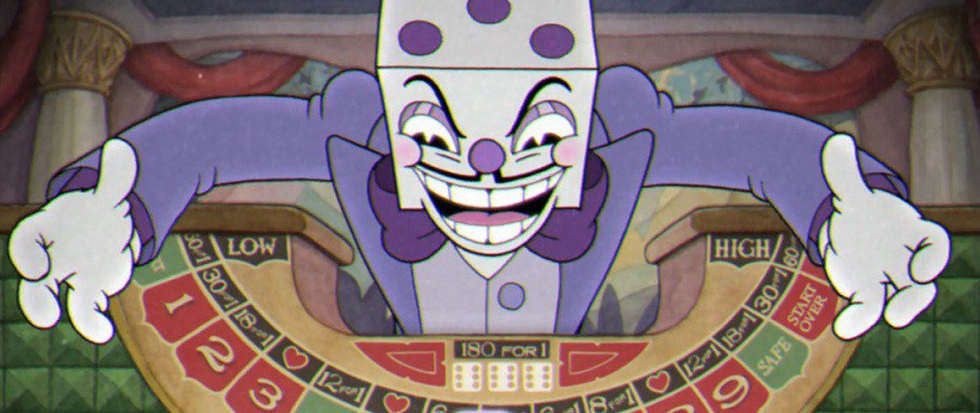Cuphead is a 2D platformer with run-and-gun gameplay reminiscent of classic games like Mega Man. What sets Cuphead apart from its predecessors is its unique aesthetic which pays stunning homage to early 20th century American animation. The artists at Studio MDHR, the Canadian company which developed the game, have done an impressive job recreating the dynamic rubber-hose character animation that producers like the Fleischers and Walt Disney made famous in the 1930s. By setting their game in this aesthetic, however, Studio MDHR also dredge up the bigotry and prejudice which had a strong influence on early animation.
When asked in a Rolling Stone interview about the unfortunate associations of Cuphead‘s 1930s aesthetic, lead inking artist for the game, Maja Moldenhauer replies: “It’s just visuals and that’s about it. Anything else happening in that era we’re not versed in it.” But these visuals are weighed down by the history that brought them into being, despite the developers best efforts at stripping them of the more overt caricatures that are rife in cartoons for most of the first half of the 20th century. By sanitizing its source material and presenting only the ostensibly inoffensive bits, Studio MDHR ignores the context and history of the aesthetic it so faithfully replicates. Playing as a black person, ever aware of the way we have historically been, and continue to be, depicted in all kinds of media, I don’t quite have that luxury. Instead, I see a game that’s haunted by ghosts; not those confined to its macabre boss fights, but the specter of black culture, appropriated first by the minstrel set then by the Fleischers, Disney and others -twisted into the caricatures that have helped define American cartoons for the better part of a century. …continue reading on Unwinnable

